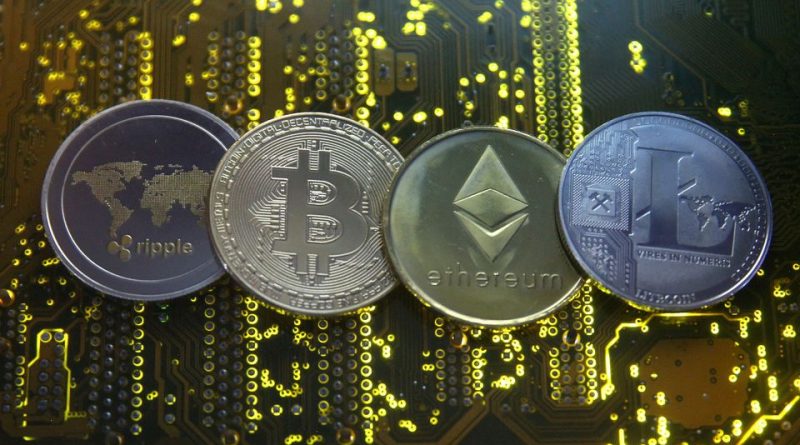Are Stablecoins Cryptocurrencies?
Now before we get into the contexts of this article let me answer the question, are stablecoins cryptocurrencies? Yes, they most definitely are. We will look at how they work, how many types of stablecoins there are and also the advantages and disadvantages they come with.
What is a stablecoin? And how do stablecoins work?
Stablecoins are a kind of cryptocurrency which is dependent on other assets such as fiat currency like the US dollar, gold or other valuable resources and even cryptocurrencies. Compared to other cryptocurrencies stablecoins are less volatile and are closer to the currencies we use on a day to day basis for example, USDT is pegged to US dollar.
Learn more about what is USDT (تتر چیست).
As mentioned in the above text stablecoins are all backed by a type of asset maybe even more than one, in a reserve. Now the money in the reserve acts as collateral in favour of the stablecoin. Anytime the user cashes out some stablecoins some of the assets in the reserve are also removed.
What are the different types of stablecoins?
When it comes to the types of stablecoins, there are a few different categorizations, which are quite similar; however, in this article we will talk about the one that encapsulates them the best:
- Traditional collateral (off-chain): These stablecoins are backed by fiat currencies such as the US dollar with a 1:1 ratio. The 1:1 ratio means that for every stablecoin token there is (if it is backed by the US dollar) one dollar in a reserve. They are the most popular kinds of stablecoins. Since these stablecoins aren’t backed by another cryptocurrency they are also known as off-chain.
Learn more what is cyptocurrency (ارز دیجیتال چیست).
- Crypto collateral (on-chain): Crypto collateral stablecoins, just like the name suggests are backed by other cryptocurrencies. And so, they are known as on-chain. And instead of depending on a central issuer they use smart contracts. The way they function is that, when you buy these types of stablecoins you get the equal amount of tokens in value and keep your cryptocurrency on a smart contract.
- Algorithmic stablecoins: An algorithmic stablecoin, doesn’t use fiat currencies or cryptocurrencies as back up but rather uses algorithms (basically a computer program that runs sets of formulas) to keep its price stable and steady.
- Commodity-backed stablecoins: These stablecoins use commodities such as valuable metals, oil, real estate and etc. The most popular one that is used as collateral is gold. Although the prices of these commodities can fluctuate and so there is a chance that they can lose their value.
The advantages of stablecoins
- The first and foremost advantage stablecoins have is that they are a technology which effectively joins and fills in the gaps between cryptocurrencies and fiat currencies.
- By which the volatility of their price reduces to a minimum.
- The stability that stablecoins have makes them a perfect option to store value and use in day to day transactions.
What are the risks and disadvantages of stablecoins?
You might think stablecoins are perfect and have no risks, this can be true in comparison to the large risks other cryptocurrencies such as bitcoin (BTC), have; but as with every other cryptocurrency in the world stablecoins aren’t without risks.
- Security: The security risk is a pretty standard risk, whether you decide to hold your stablecoins in your own crypto wallet (کیف پول ارز دیجیتال) or with a third party these platforms may not be as secure and might have vulnerabilities.
- Counterparty risk: Since stablecoin is a cryptocurrency, and cryptocurrencies are supposed to be decentralized; however, with stablecoins they depend on many parties to do their jobs correctly for stablecoins to sustain their value. For example, the bank or organisation that has issued the stablecoin.
- Reserve risk: Reserves are what stablecoins depend on for their value and without these the value of a stablecoin cannot be guaranteed.
Conclusion
So, as you can see stablecoins are cryptocurrencies with less fluctuations in price. There are 4 different kinds of stablecoins and although they have advantages other cryptocurrencies don’t have, they do carry disadvantages with themselves.




